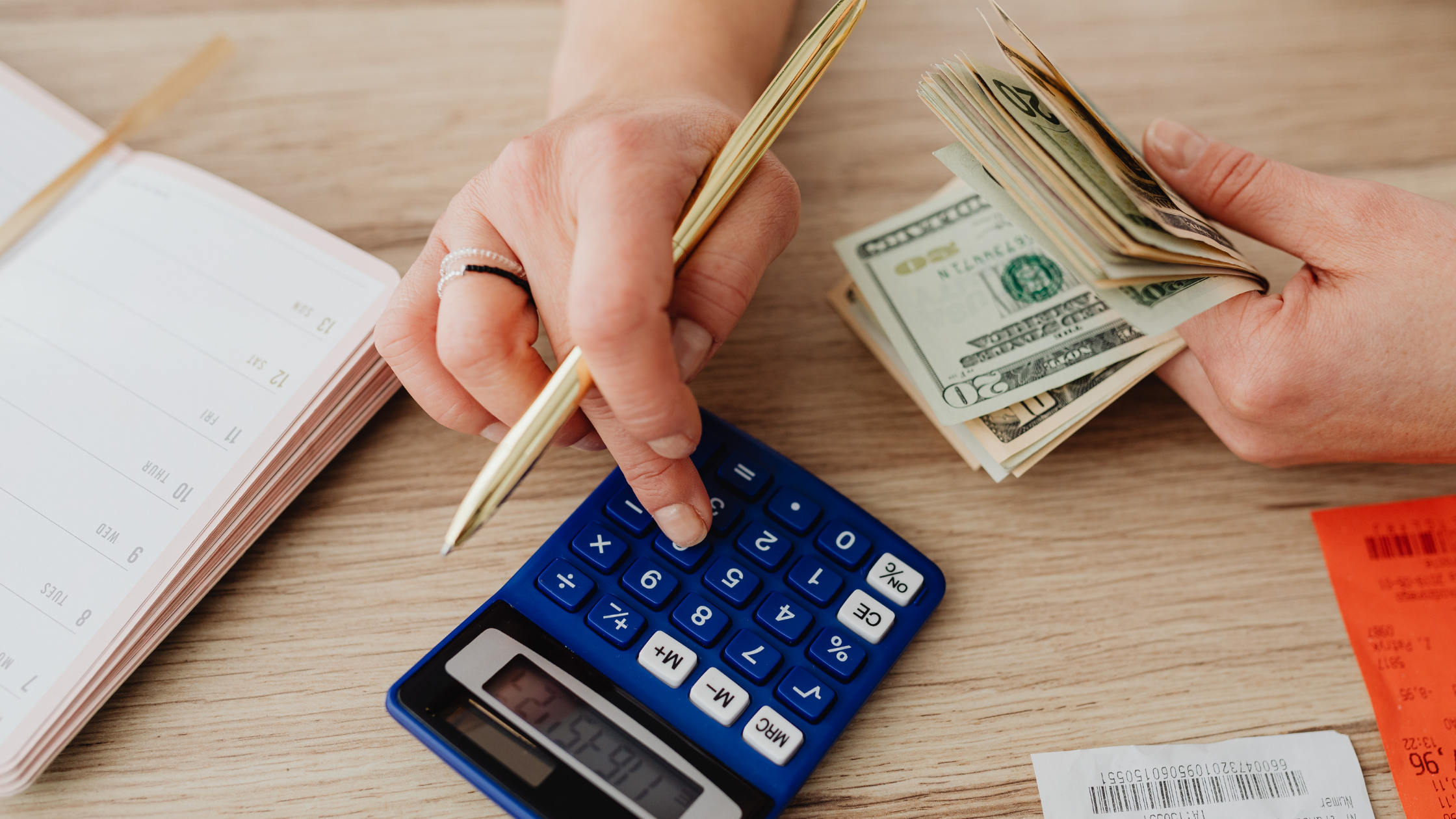Balance sheets serve as the foundation for calculating investor rates of return and assessing a company’s capital structure. A balance sheet is a financial statement that shows a company’s assets, liabilities, and shareholder equity. Balance sheets can be used with other important financial information to perform fundamental analysis or calculate financial ratios.
How do Balance Sheets work?
The balance sheet summarises the state of a company’s finances at a given time. It cannot provide a sense of trends unfolding over a more extended period. The balance sheet should be compared to previous periods’ balance sheets. What is liquidation meaning, click here.
Investors can assess a company’s financial health by employing a variety of ratios derived from its balance sheet, such as the debt-to-equity ratio and the acid-test ratio, among many others. The income statement and statement of cash flows and any notes or addenda in an earnings report that may refer back to the balance sheet provide valuable context for assessing a company’s finances.
The balance sheet follows the accounting equation below, with assets on one side and liabilities plus shareholder equity on the other, which balances out:
Assets=Liabilities+Shareholders’ Equity
This formula is simple. This is because a company must pay for everything it owns (assets) by either borrowing money (taking on liabilities) or taking it from investors (issuing shareholder equity).
Components of a Balanced Sheet
-
Assets
Accounts in this segment are listed in order of liquidity from top to bottom. This is how easily they can be converted into cash. They are classified as either current assets, converted to the currency in a year or less, or non-current or long-term investments, which cannot.
-
Liabilities
A liability is any money owed to a third party, such as bills owed to suppliers, interest on bonds issued to creditors, rent, utilities, and salaries. Current liabilities are due within a year and are listed in the order they are due. On the other hand, long-term liabilities become delinquent after a year.
-
Shareholder Equity
Shareholder equity is the money attributable to a company’s owners or shareholders. It is also known as net assets because it equals a company’s total assets minus its liabilities or debt owed to non-shareholders.
Limitations of a Balance Sheet
Although the balance sheet is valuable information for investors and analysts, it has some limitations. It can only use the difference between this point and another single point in the past because it is only a snapshot in time. Because it is static, many financial ratios use data from the balance sheet and the more dynamic income statement and statement of cash flows to paint a complete picture of a company’s operations.
Conclusion
The balance sheet is a critical tool used by executives, investors, analysts, and regulators to understand a company’s current financial health. It is typically used in conjunction with the income statement and the cash flow statement, the two other types of financial statements.
Balance sheets provide the user with an overview of the company’s assets and liabilities. The balance sheet can assist users in determining whether a company has a positive net worth, enough cash and short-term investments to cover its obligations and whether the company is highly indebted compared to its peers. Read about liquidity ratio here.
